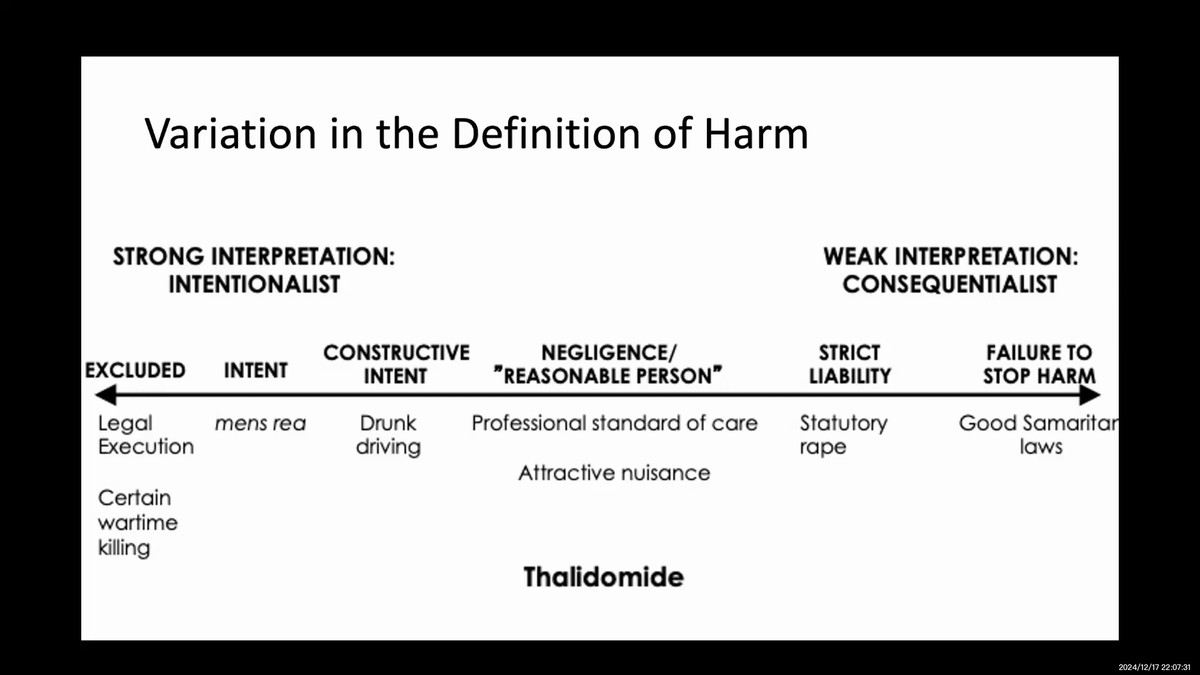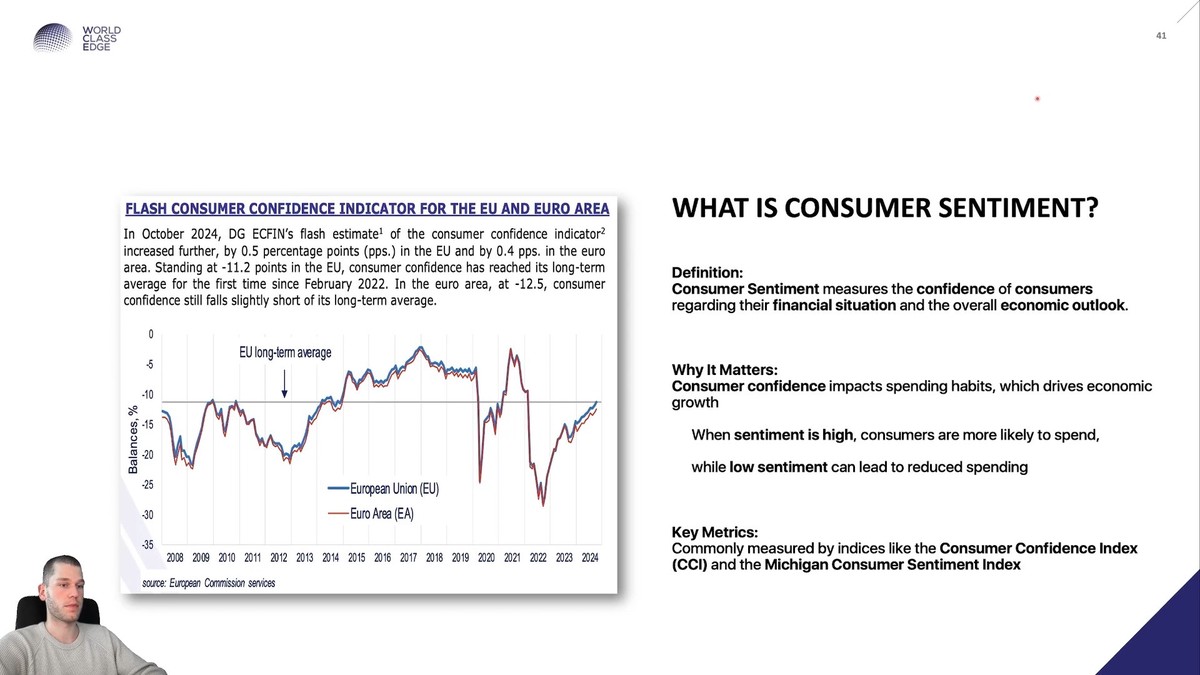========================================================
Introduction: Understanding Limit Orders
For beginner traders, mastering the basics of order types is essential for effective trading. Limit orders are one of the most crucial tools in a trader’s arsenal. Unlike market orders, which execute at the current market price, limit orders allow traders to specify the maximum price they are willing to pay when buying or the minimum price when selling.
Using limit orders strategically can reduce slippage, improve trade execution, and enhance overall profitability. In this guide, we will explore how does a limit order work, practical strategies, common pitfalls, and tips for beginners to use them effectively.
The Basics of Limit Orders
What is a Limit Order?
A limit order is an instruction to buy or sell an asset at a specified price or better. Key characteristics include:
- Buy limit order: Executes at the limit price or lower.
- Sell limit order: Executes at the limit price or higher.
- Non-guaranteed execution: Orders may remain unfilled if the market does not reach the specified price.
Limit orders are widely used across stocks, forex, and cryptocurrency markets due to their control over trade entry and exit points.
Advantages of Using Limit Orders
- Price Control: Traders define the price at which they want to transact.
- Reduced Slippage: Unlike market orders, limit orders avoid buying or selling at unfavorable prices.
- Strategic Planning: Can be combined with technical analysis for precise market entry and exit.
Limit Orders vs. Market Orders
| Feature | Limit Order | Market Order |
|---|---|---|
| Price Control | High | None |
| Execution Speed | May be delayed | Immediate |
| Slippage Risk | Low | High |
| Use Case | Strategic entry/exit | Urgent execution |
Understanding these differences is crucial for beginner traders to optimize how to execute a limit order successfully.
Comparing Limit Orders and Market Orders in trading
Methods to Implement Limit Orders Effectively
Method 1: Technical Analysis-Based Placement
Step 1: Identify Key Levels
Use support and resistance levels, trend lines, and Fibonacci retracements to determine where to place limit orders.
Step 2: Set Buy/Sell Limits
- Place buy limit orders near support levels to enter at favorable prices.
- Place sell limit orders near resistance levels to maximize profit potential.
Step 3: Risk Management
Combine limit orders with stop-loss and take-profit orders to manage risk and reward.
Pros: Precision and alignment with market trends.
Cons: May not execute if the market does not reach your price.
Method 2: Algorithmic or Automated Limit Orders
Step 1: Select a Trading Platform
Choose platforms that support automated limit order placement, especially for crypto or forex markets.
Step 2: Set Parameters
Define limit price, order size, and time-in-force (e.g., GTC – Good Till Cancelled).
Step 3: Monitor and Adjust
Use alerts and dashboards to track order fulfillment and adjust strategies dynamically.
Pros: Reduces manual monitoring and supports high-frequency trading strategies.
Cons: Requires technical setup and understanding of platform functionalities.
Common Mistakes Beginner Traders Make
1. Setting Unrealistic Prices
Placing limit orders too far from market price may result in unfilled trades.
2. Ignoring Market Conditions
Failing to consider volatility and liquidity can impact execution.
3. Overusing Limit Orders
Too many pending limit orders can create clutter and complicate trade management.
Tips: Focus on strategic placements, keep a manageable number of orders, and regularly review performance.
Example of strategic limit order placement using support and resistance levels
Advanced Strategies for Beginner Traders
Combining Limit Orders with Stop-Loss
- Entry limit orders combined with stop-losses protect against adverse price movements.
- Example: Buy at \(50 with stop-loss at \)48 ensures controlled risk.
Scaling Orders
- Break large trades into smaller limit orders to average the entry price.
- Helps manage volatility and improves execution chances.
Using Limit Orders in Different Markets
- Stocks: Best for illiquid or volatile equities.
- Forex: Effective for breakout or retracement strategies.
- Cryptocurrency: Helps avoid slippage in high-volatility markets.
Expert Insight: Beginner traders should start with a few limit orders, track results, and gradually increase complexity.

Frequently Asked Questions (FAQ)
1. How do limit orders improve trading strategy?
Limit orders provide control over trade prices, reduce slippage, and allow for strategic market entries, which can improve risk-adjusted returns.
2. Where can beginners find limit order services?
Most brokers and trading platforms, such as Interactive Brokers, Binance, and Coinbase, provide limit order functionality for stocks, forex, and cryptocurrencies.
3. How often do limit orders get filled?
Fill rates depend on market liquidity, volatility, and price placement. Beginner traders should place orders near market trends to increase execution probability.

Case Studies: Successful Limit Order Usage
Case Study 1: Stock Market Beginner
A beginner trader placed a buy limit order at a support level during market consolidation. The order executed at a favorable price, generating a 12% profit within two weeks.
Case Study 2: Cryptocurrency Trader
Using automated limit orders in a volatile crypto pair, a trader achieved consistent entry points without manual monitoring, minimizing slippage and improving ROI.
Real-world example of successful limit order execution
Conclusion
For beginner traders, mastering limit orders is a critical step toward strategic trading. By combining technical analysis, risk management, and, where appropriate, automation, traders can enhance trade execution, reduce slippage, and maximize potential profits.
Engage with the community: share your limit order strategies, tips, and experiences in the comments to help other beginners refine their trading approach.

0 Comments
Leave a Comment